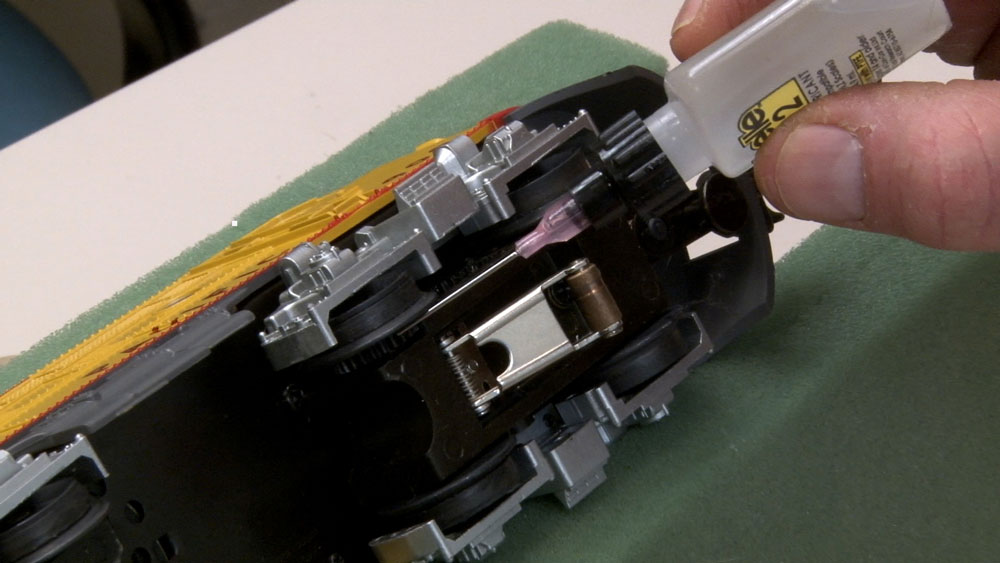
Some questions we get frequently are: “How do I lubricate my locomotives?” followed by “What type of lubrication should I use on them?” Here are some answers. And remember, when it comes to oil and grease on locomotives or other rolling stock, less is more. Fortunately, there’s a quick and easy answer for what to […]
Read More…
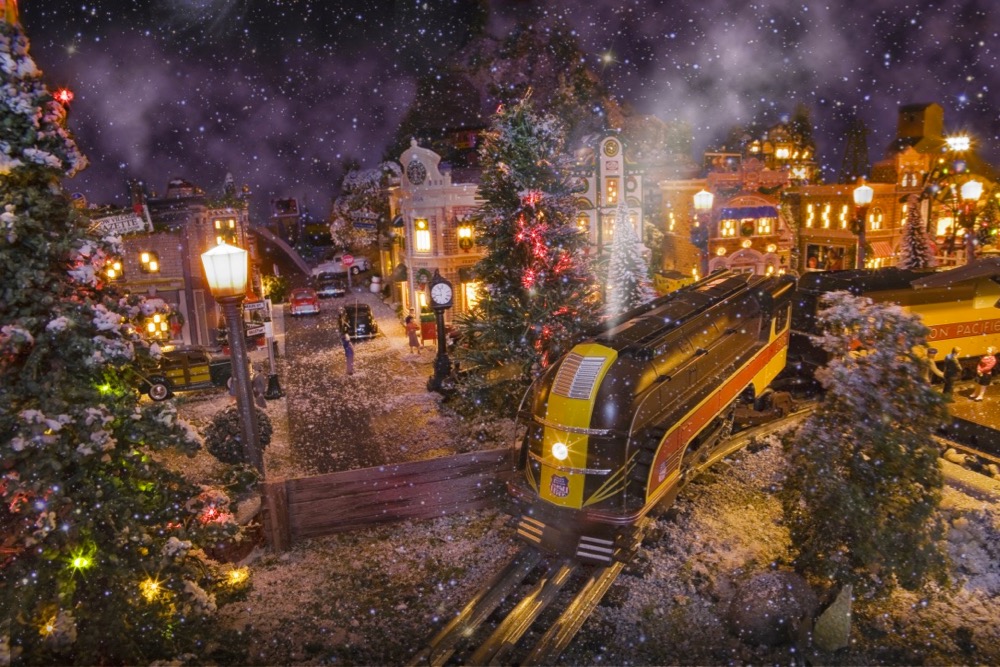
A version of this article appeared in the December 2017 issue of Classic Toy Trains. Whenever Classic Toy Trains features a layout distinguished by snowy scenes and Santa Claus plus his reindeer, readers naturally assume whoever built it did so while a blizzard raged and icicles formed on eaves and downspouts. They can’t help envisioning […]
Read More…
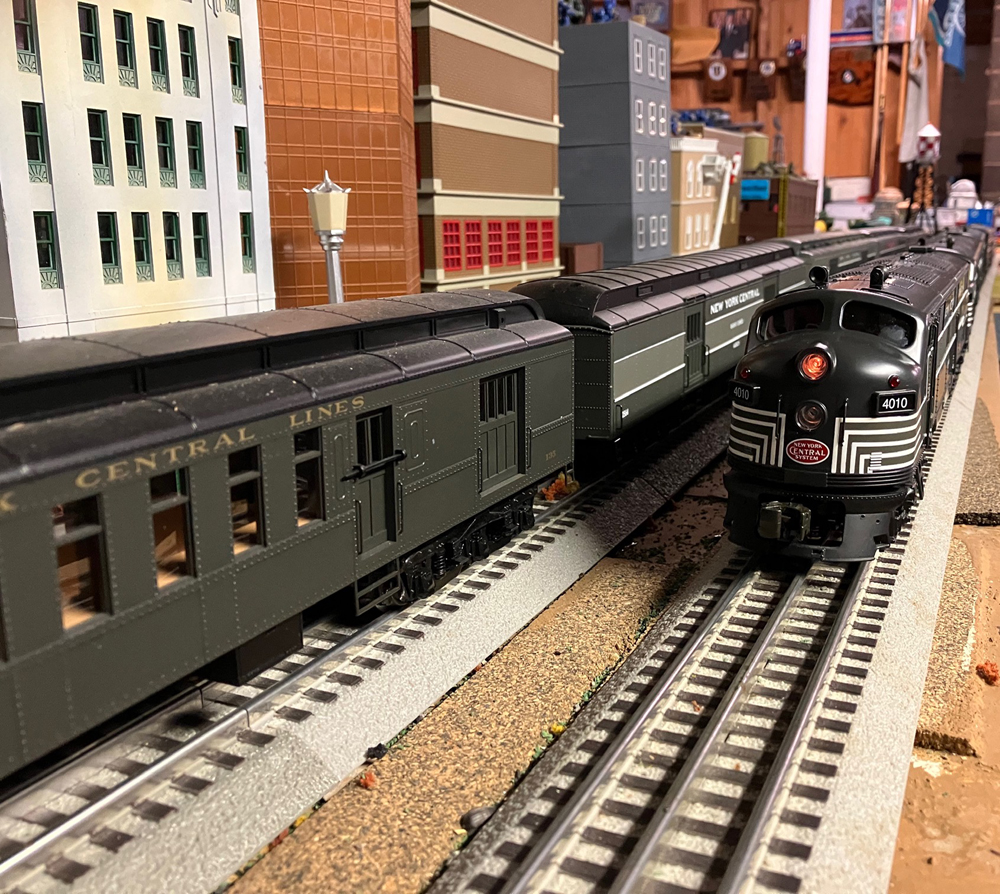
I recently bought a Weaver O gauge E8 A-A pair online. Eagerly, I waited for its delivery. Once it arrived, I quickly put it on my layout. Sadly, it was “Dead as a brick.” The pair was sold as “functional.” Contacting the seller, I was told, “We didn’t have any reason to think they didn’t […]
Read More…
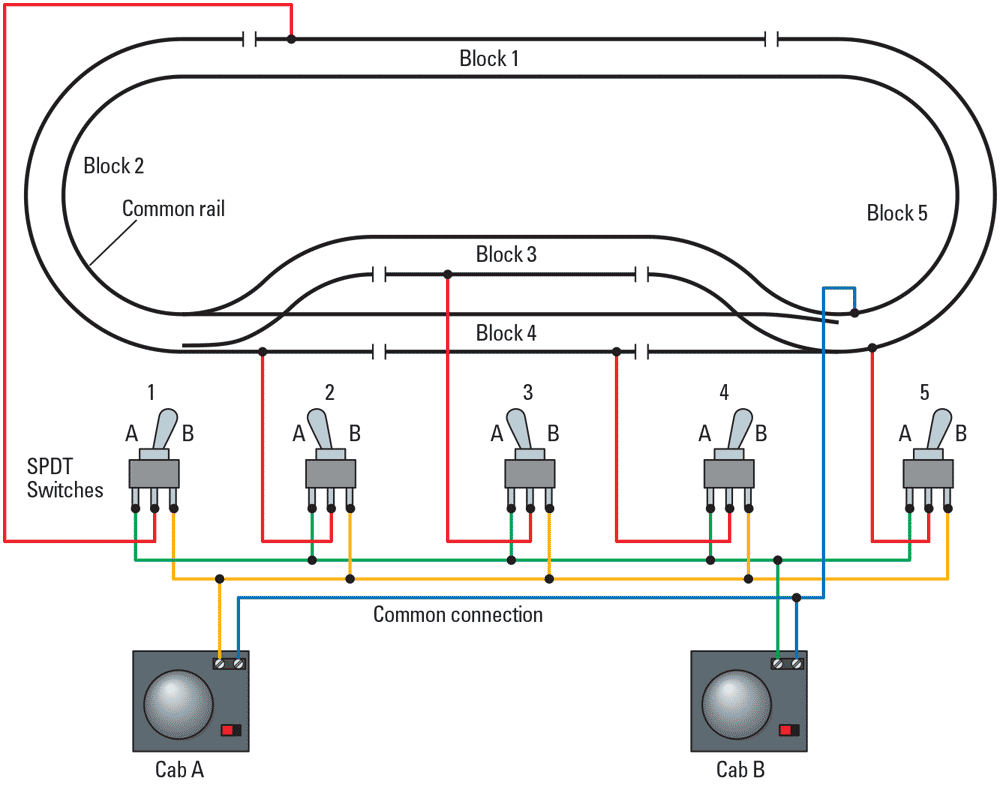
Q: I’m experiencing a problem with trains that stop between wiring blocks on my N scale train layout. I have two identical direct current (DC) power packs and am using Kato Unitrack throughout the layout. One power pack runs the main line while the other operates the yards. The problem is that whenever I attempt […]
Read More…
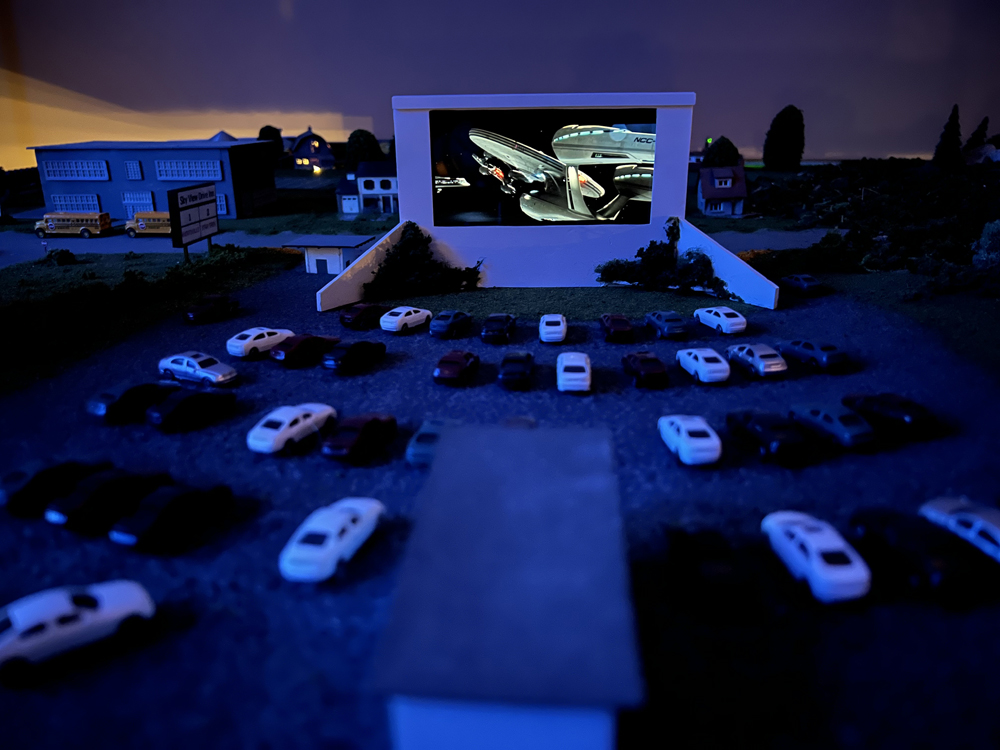
Over nearly 40 years I’ve built seven train layouts. I started out with N scale, then discovered large scale trains. I’ve built both indoor and outdoor large scale layouts over the years. I loved my backyard garden railroad but had to give it up due to structural issues and age. So I returned to my […]
Read More…
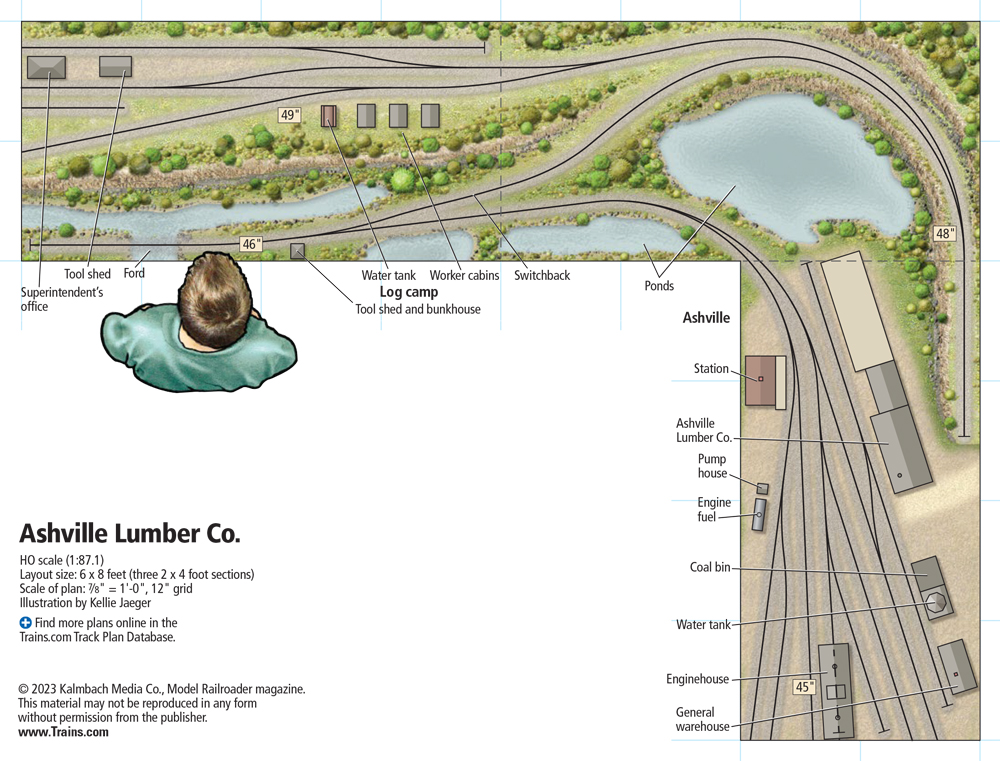
Facts & features Name: Ashville Lumber Co.Scale: HO (1:87.1)Size: 6 x 8 feet (three 2 x 4-foot sections)Prototype: freelancedLocale: southeastern United StatesEra: 1940sStyle: shelfMainline run: 20 feetMinimum radius: 18″Minimum turnout: Atlas No. 4Maximum grade: 3.5%Benchwork: open grid Height: 45″ to 49″Roadbed: Studio Décor mat board Track: code 83 flextrackScenery: extruded-foam insulation board and papier-mâché Backdrop: […]
Read More…
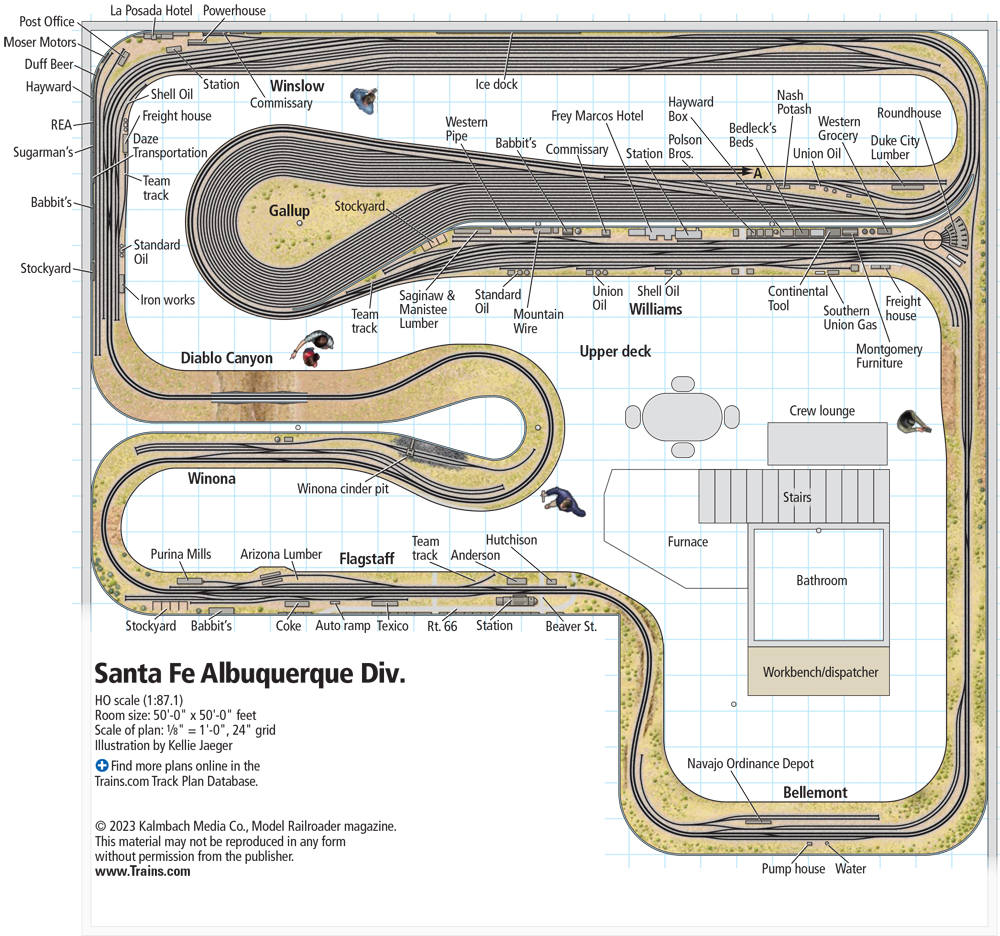
Facts & features Name: Albuquerque Division Third DistrictScale: HO (1:87.1)Size: 50 x 50 feetPrototype: Santa FeLocale: ArizonaEra: 1953Style: double deckMainline run: 600 feetMinimum radius: 48″Minimum turnout: No. 6Maximum grade: 1%Benchwork: tabletop on wall bracketsHeight: 40″ to 56″Roadbed: plywood spline and 3⁄4″ plywood plus HomasoteTrack: code 83 flextrack (main), code 55 and 70 (elsewhere)Scenery: HydrocalBackdrop: tempered […]
Read More…
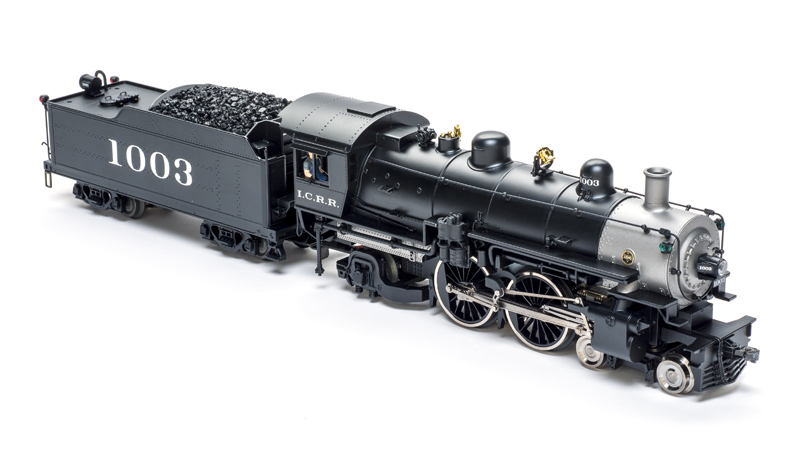
Please contact the manufacturer directly about purchasing smoke fluid. As of this writing, there is one manufacturer of smoke pellets that’s compatable with postwar engines: SP Smoke Pellets. You can also check secondary markets to find new old stock of pellets. Happy operating! Bachmann Industries 1400 East Erie Avenue Philadelphia, PA 19124 webstore@bachmanntrains.com Bachmanntrains.com Bart’s […]
Read More…
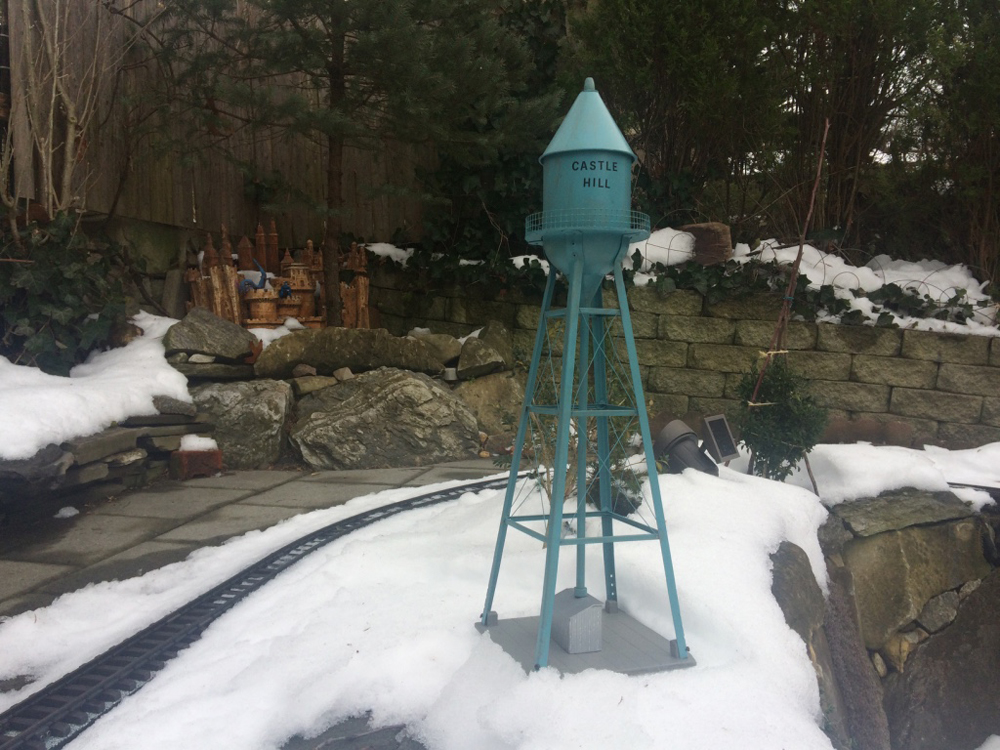
The inspiration for this structure came to me as I was driving through a small town and a water tank came into view. It was one of those old-fashioned styles of water tanks. I stopped to take some pictures, and later I did research on these types of tanks. This type of structure is referred […]
Read More…

While commercial snow-covered trees are easy to come by during the holiday season, here’s an option for you to make your own. I was able to make a lot of snowy trees for our Polar Express layout quickly by using the method shown here. You need just three things: cheap hairspray, a bag or two […]
Read More…
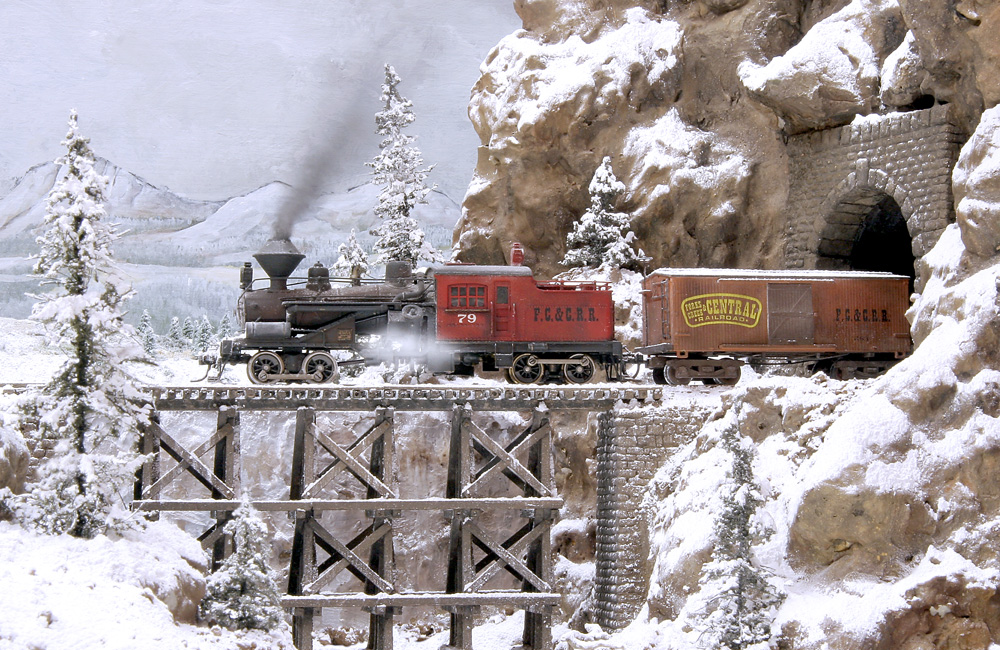
Although most model railroads are set in the verdant summer or colorful autumn, the snow-covered landscapes of a northern winter offer an unmatched visual drama. From paint to grout to powdered stone to commercial modeling products, there are many possible answers to the question of how to model snow on a model railroad layout. Modelers […]
Read More…
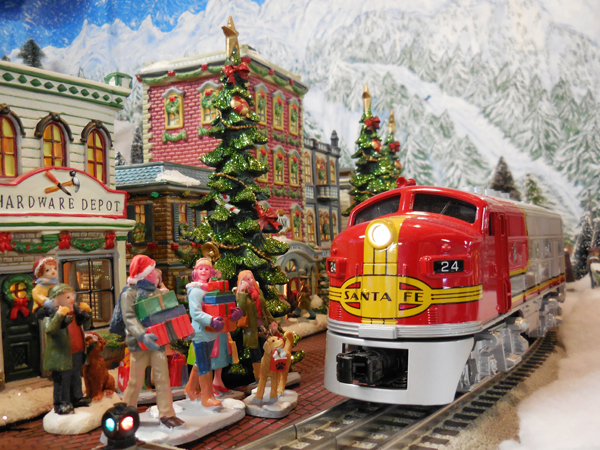
Every six months, photos of O gauge trains traversing the snowy hills and quaint villages of a sprawling layout arrive at the office. What a treat! And they represent the outstanding modeling done by Gordon Hough with help from his mother, Jeannie, who finishes the scenery and paints the backdrops. No matter fast I try […]
Read More…












